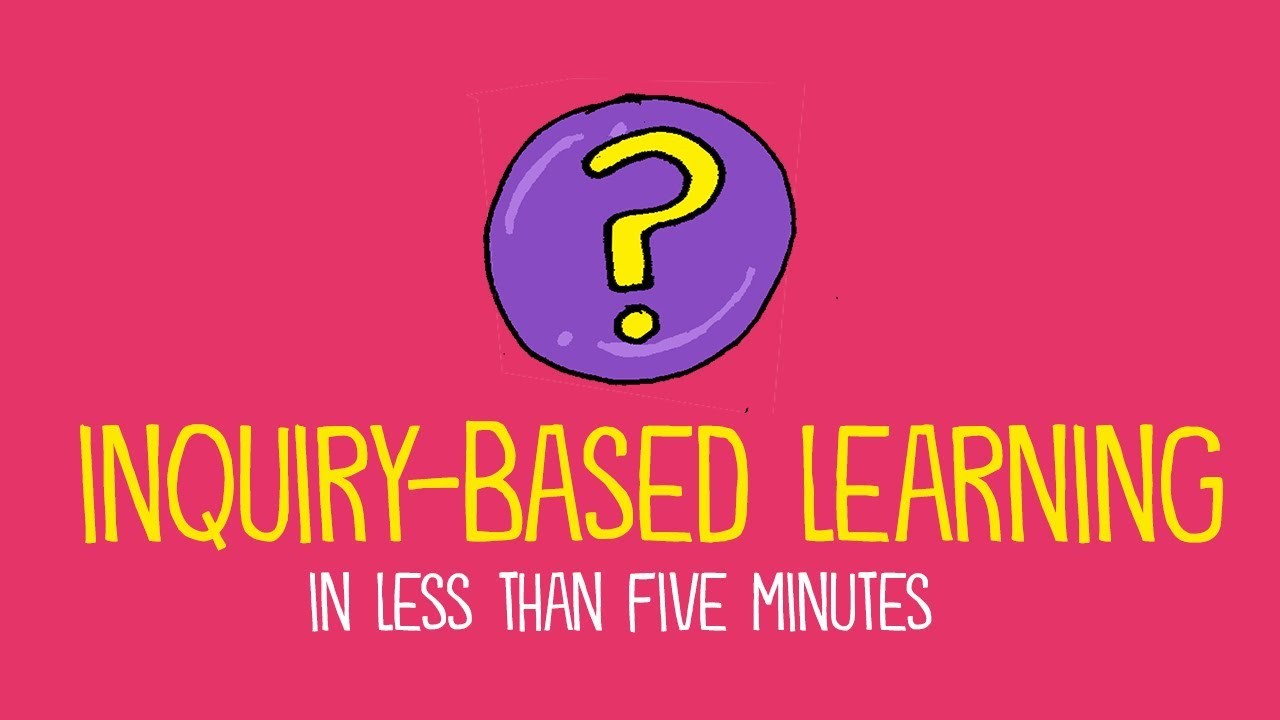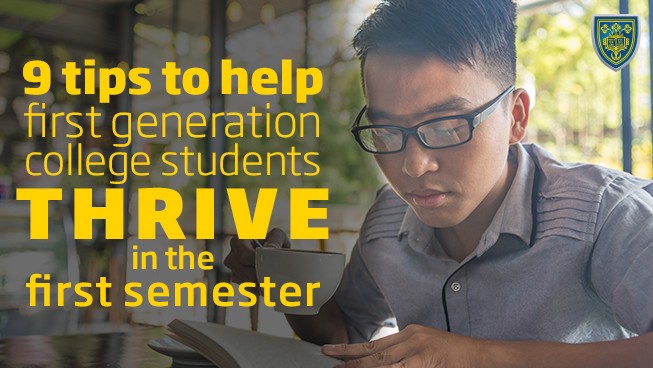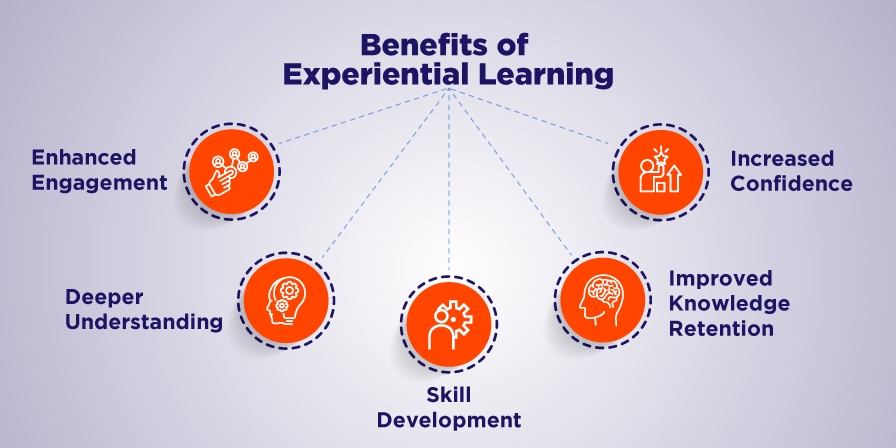In the demanding academic landscapes of today, students at all levels are increasingly grappling with a pervasive and insidious challenge: burnout. Far more than mere stress or temporary fatigue, student burnout is characterized by emotional exhaustion, cynicism or detachment from studies, and a reduced sense of personal accomplishment. The relentless pressure to excel, the weight of overwhelming workloads, the pervasive influence of social media, and often, the financial burdens associated with education can coalesce to create an environment ripe for this debilitating state. Preventing burnout in students is not simply about managing schedules; it requires a holistic and empathetic approach from educators, parents, and institutions that prioritizes well-being alongside academic achievement.
One of the most crucial strategies for preventing student burnout lies in **fostering a balanced approach to academic rigor and personal well-being**. Educators and parents often inadvertently contribute to burnout by pushing for constant overachievement without emphasizing the necessity of rest, hobbies, and social connection. It’s imperative to encourage students to cultivate interests outside of academics, whether it’s sports, arts, volunteer work, or simply spending time with friends and family. These activities provide crucial outlets for stress, offer different forms of mental stimulation, and remind students that their identity extends beyond their grades. For instance, a student deeply engrossed in multiple AP courses might benefit immensely from dedicating an hour each day to a non-academic passion like playing an instrument or hiking. Schools can support this by promoting extracurricular activities, ensuring reasonable homework loads, and avoiding an “always-on” culture that extends learning into every waking hour.
Furthermore, **equipping students with effective time management and organizational skills** is a powerful preventative measure. Many students experience burnout not because they lack capability, but because they feel overwhelmed by the sheer volume of tasks and lack the tools to prioritize and structure their work. Teaching practical strategies like creating realistic schedules, breaking down large assignments into smaller, manageable steps, and utilizing planners or digital tools can significantly reduce feelings of anxiety and improve efficiency. For example, showing a high school student how to use a weekly planner to block out study times, social activities, and rest periods can provide a visual roadmap that makes their workload feel less daunting. This doesn’t mean micromanaging; rather, it’s about empowering students with the autonomy and skills to navigate their responsibilities effectively, fostering a sense of control over their academic lives.
The role of **fostering a supportive and low-pressure learning environment** within educational institutions cannot be overstated. A culture that incessantly emphasizes competition, perfect scores, and external validation can be a breeding ground for burnout. Instead, schools should strive to promote a growth mindset, where effort, progress, and learning from mistakes are celebrated as much as, if not more than, final outcomes. Reducing the emphasis on high-stakes testing, implementing diverse assessment methods that cater to different learning styles, and providing ample opportunities for feedback and revision can alleviate some of the intense pressure. When students feel safe to make mistakes and understand that their worth is not solely tied to their grades, they are more likely to engage with learning genuinely and less likely to succumb to the debilitating stress of perfectionism. Teachers, in particular, can model this by acknowledging their own learning processes and framing challenges as opportunities.
Moreover, **promoting digital well-being and managing screen time** has become an increasingly critical aspect of preventing student burnout in the digital age. The constant connectivity, the fear of missing out (FOMO), and the blurring lines between academic work, social life, and entertainment on screens can contribute to mental fatigue and sleep deprivation. Educating students about the importance of digital detoxes, setting boundaries for screen use, and understanding the impact of social media on mental health are essential. Schools can provide resources or workshops on healthy technology habits, and parents can model balanced screen use at home. Encouraging students to turn off notifications during study times, engage in offline activities, and prioritize quality sleep over late-night scrolling can significantly mitigate the digital stressors that contribute to burnout.
Finally, and perhaps most crucially, is the importance of **open communication and access to mental health resources**. Students need to know that it is not only acceptable but encouraged to speak up when they are struggling. Educators and parents should regularly check in with students, observing changes in behavior, mood, or academic performance that might signal burnout. Creating clear pathways to support—whether it’s a school counselor, a trusted teacher, an external therapist, or a peer support group—is vital. Sharing information about available resources and normalizing conversations around mental well-being helps destigmatize seeking help. For example, a school might implement a mental health awareness week or invite speakers to share their experiences with managing stress and burnout. When students feel heard, understood, and supported, they are far more likely to address early signs of burnout before they escalate into more severe challenges.
In conclusion, preventing burnout in students is a shared responsibility that demands a multifaceted approach. It necessitates cultivating balance between academics and personal life, equipping students with essential life skills like time management, fostering supportive and low-pressure learning environments, promoting healthy digital habits, and ensuring open lines of communication with access to vital mental health resources. By prioritizing these strategies, we can move beyond simply educating minds to nurturing resilient, well-adjusted individuals who can not only excel academically but also thrive in an increasingly complex world, fostering a lifelong love for learning without sacrificing their well-being.




